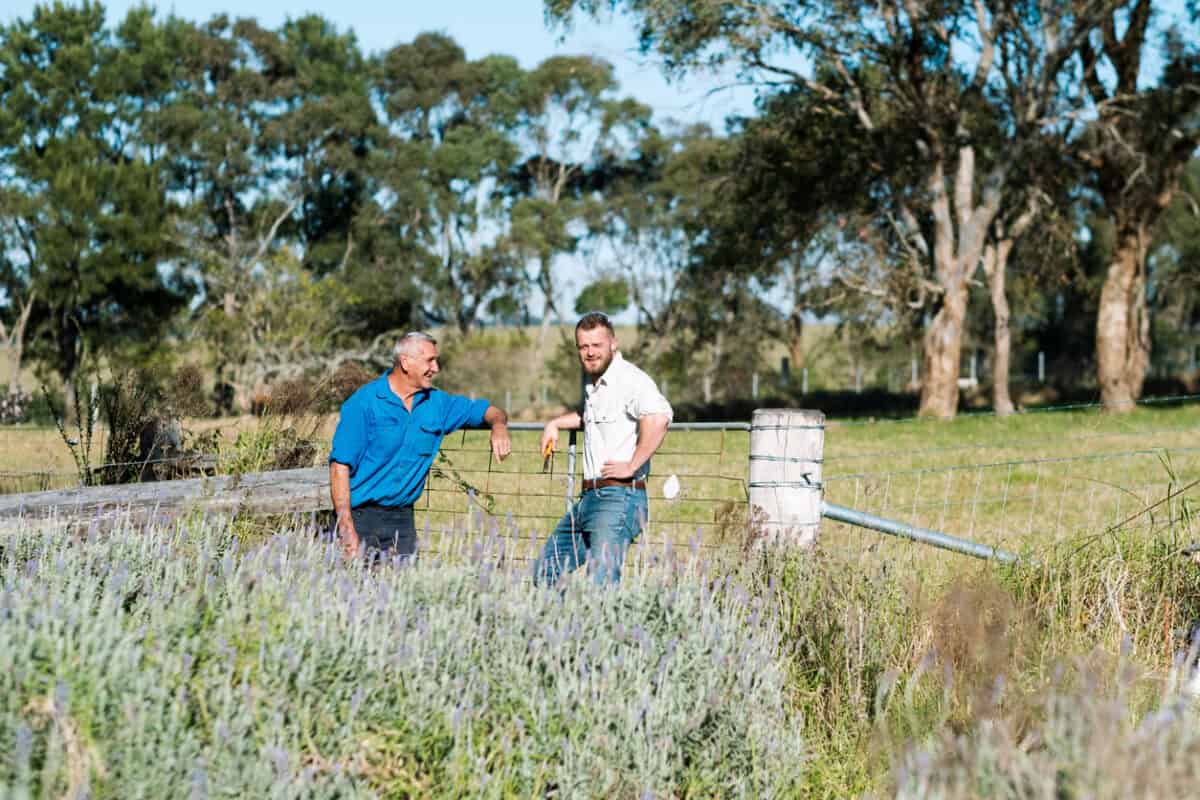A typical excuse, or a sentence, people use after they’ve caused harm, injury or created an offence, is that “I didn’t mean to do any harm or think anybody would be harmed”. Potential harm may not have been considered, and the consequence of the act or a word was not anticipated. But it’s also possible that it’s a lie, and that they did intend harm, and they’re just looking for a way to excuse themselves from the responsibility and the consequence of that harm. And that’s a problem with including intent in a definition of work-related harm.
Poor footballer mental health may be a symptom of CTE, but it is the risk of CTE that should be prevented
The concussion risks of sportspeople continue to appear in the media and popular discussions after every suicide, death, or retirement of sportspeople who play contact sports. Recently, Alan Pearce, Professor, Adjunct Research Fellow, School of Health Science, Swinburne University of Technology, wrote an opinion piece for The Australian newspaper (paywalled) that touched on some occupational health and safety (OHS) themes that deserve expanding.
[This article discusses suicide]
Andrew Hopkins article translated for Gen Alpha
Last week, I wrote an article about Andrew Hopkins’ new safety leadership book about Boeing’s management style. It was a popular article, but this last weekend I wondered if I was talking about it in a way that failed to engage with younger readers and potential subscribers. So I asked an Artificial Intelligence program to translate the Hopkins article into language commonly used by Generation Alpha. Below is that translation (some I don’t understand), which offers an interesting linguistic contrast.
New Book Alert: Andrew Hopkins Just Called Out the Corporate Safety Scam 🚨
Andrew Hopkins just dropped a new book, and it’s basically him going full savage on how modern companies—especially Boeing—put profits over people. It’s short (only 81 pages), but it hits HARD. Like, “how did we let this happen?” hard.
Boeing’s failures illustrate fundamental flaws in modern business values
Andrew Hopkins’ new safety and management book has landed. It is perhaps his most powerful critique of modern safety-related corporate management as he identifies “big picture” socioeconomic and political factors that directly affect executive decisions. By examining the 737 MAX aeroplane crisis of over 340 customer deaths that Boeing could have prevented, Hopkins discusses the hazardous managerial ideologies that have been idolised and are likely to be present in most companies created in the last 40 years.
The book has aviation in the title, but this is far more than a book about aeroplanes.
Outcomes of an agriculture OHS roundtable
New South Wales recently ran its annual roundtable for the agriculture sector, focusing on workplace health and safety. A joint media release from the Ministers for Agriculture and Work Health and Safety, Tara Moriarty and Sophie Cotsis, respectively, acknowledged that:
“Agriculture remains one of Australia’s most dangerous industries, with consistently high rates of workplace fatalities and serious injuries. In 2024, SafeWork NSW responded to 12 workplace fatalities in the agricultural industry in NSW.”
But what was the outcome of the roundtable?
Pyrrhic IR prosecution that ignores the OHS context
Recently, sentencing in a court case in Melbourne has generated much online chatter about excessive working hours and the exploitation of workers in a small law practice. One report of the $A50,000 fine against Erudite Legal says that the company:
“…forced a junior lawyer to work up to 24-hour days and watch an ice hockey movie at 1am so she could understand her boss’ philosophical position”.
Other media reports provide more details of the successful prosecution, but the occupational health and safety (OHS) context is mostly absent.
Australia needs an “OHS for HR” book
SafeWorkSA has published fascinating information about preventing “harmful workplace behaviours.” The webpage’s eye-catching part is the Hierarchy of Controls for Managing the Risk of Harmful Workplace Behaviours, but the article is curious.
The audience for information from occupational health and safety (OHS) regulators is supposedly everyone, but it is rarely read by anyone other than OHS advocates. However, any information about psychosocial risks and hazards needs to be written in a tone that attracts the attention of those in businesses who have established ownership of these hazards, primarily the Human Resources (HR) person. SafeWorkSA’s page fails to reach this target.







